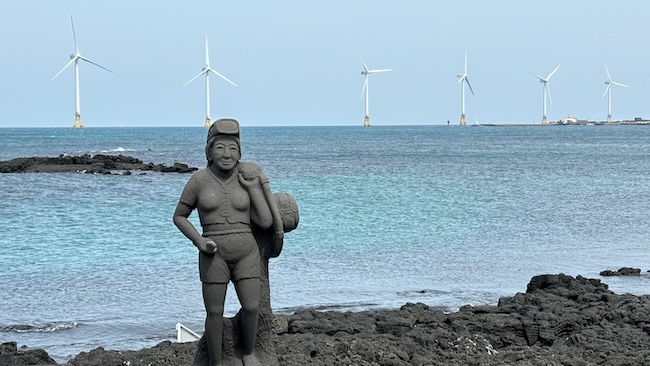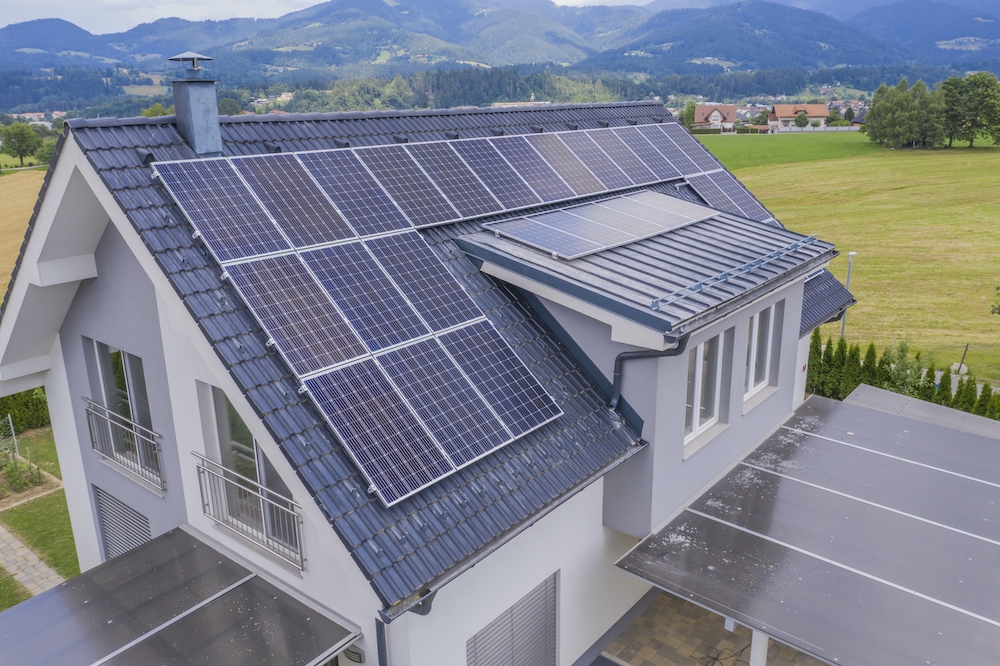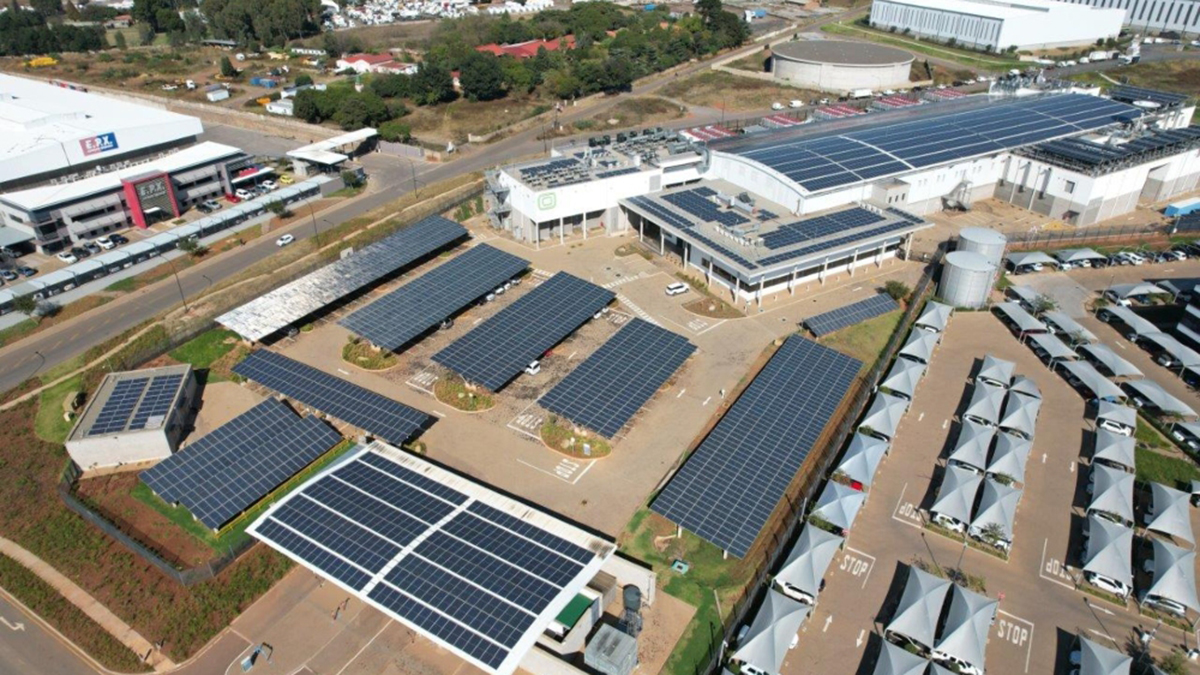South Korea’s Offshore Wind Power Surge
South Korea is on the brink of a monumental offshore wind power expansion, with forecasts predicting investments worth up to 100 trillion won by 2030. This surge comes as the nation intensifies efforts to diversify its renewable energy portfolio and reduce reliance on solar power.
Government Initiatives and Targets
Aligned with global decarbonization goals, South Korea’s government has outlined ambitious plans to bolster offshore wind energy. The 10th Basic Plan for Electricity Supply and Demand targets a robust deployment of 14.3 gigawatts (GW) of offshore wind capacity by the end of the decade, signaling a significant shift in energy policy focus.
Industry Challenges and Opportunities
Despite the lofty targets, South Korea currently operates only three commercial offshore wind farms, highlighting the sector’s infancy. Achieving the 14 GW-plus goal within seven years presents substantial challenges, including the need for extensive infrastructure development and substantial investment.
Private Sector Involvement and Project Developments
Domestic and international entities have secured permits for 83 offshore wind farms, showcasing robust interest and commitment to the burgeoning sector. Major players such as Ørsted have earmarked significant investments, with plans for a 1.6 GW offshore wind project off the coast of Incheon, poised to supply carbon-free electricity to millions of households.
Advantages of Offshore Wind Power
South Korea’s emphasis on offshore wind power stems from its potential to provide consistent energy generation, unlike solar energy, which is limited by daylight hours. This reliability offers a viable solution to grid stability issues and enables large-scale development without encroaching on agricultural or forested land.
As South Korea embarks on this transformative journey towards offshore wind power dominance, the nation aims to achieve a more balanced renewable energy mix by the end of the decade, paving the way for a sustainable and resilient energy future.
Source:koreabizwire.com





